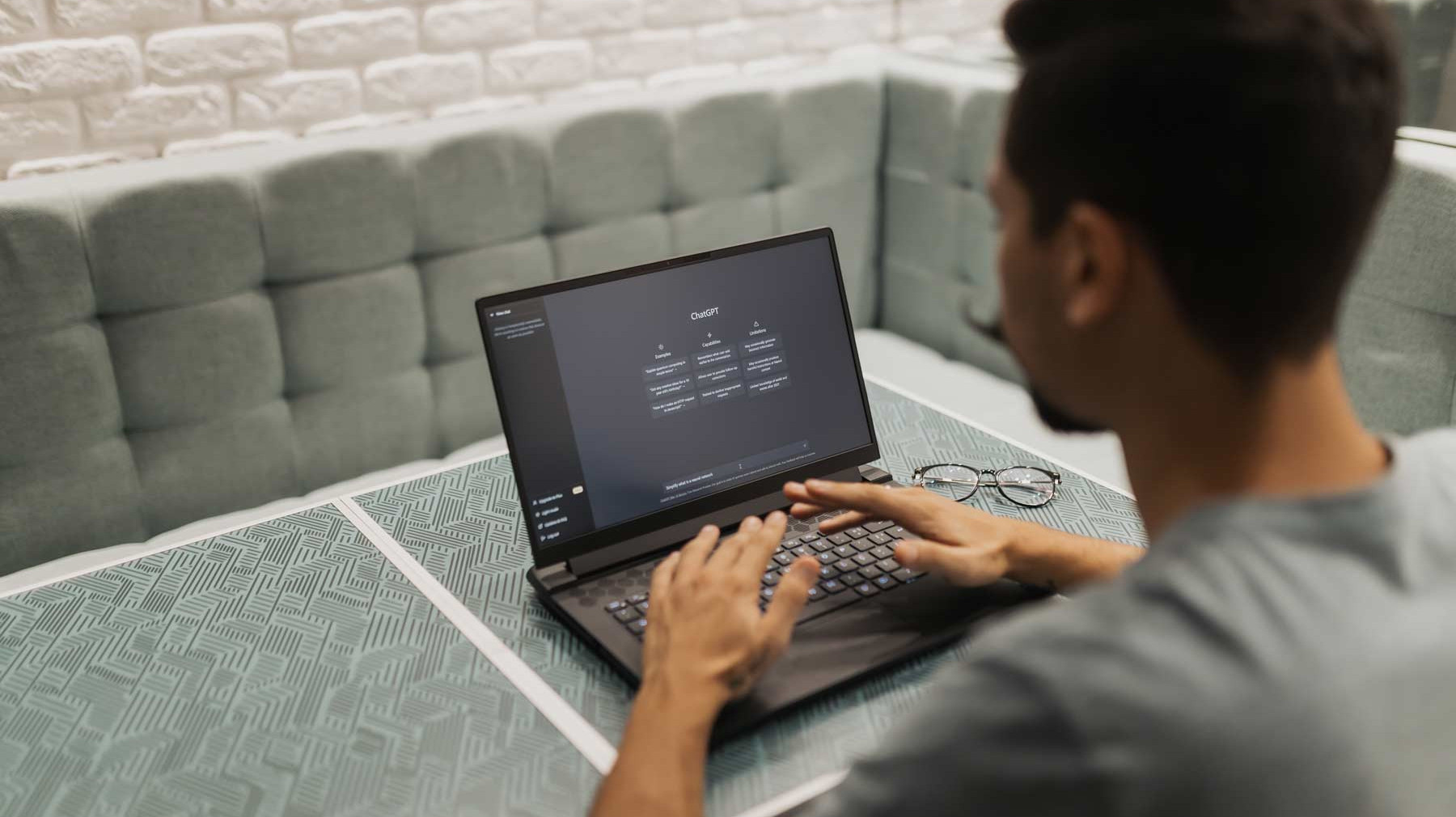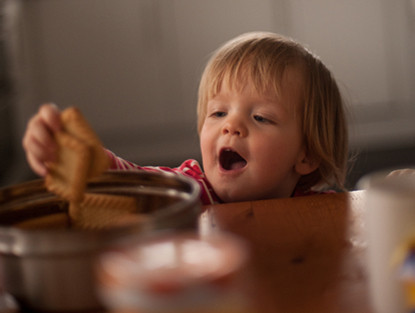Artificial Intelligence
October 2023
OpenAI's Release of its Advanced AI-Image Authenticity Tool

As artificial intelligence shapes the modern digital landscape, distinguishing genuine creations from AI constructs becomes paramount. Leading the charge in AI innovation, OpenAI is on the brink of unveiling a groundbreaking tool, tailored to detect if an image springs from its renowned AI art generator, DALL-E 3.
DALL-E 3, superior to its forebears, embodies OpenAI's vision of generating intricate and novel images from the ground up. The artwork crafted by this marvel often straddles the boundary between human artistry and machine precision, heightening the need for tools that can pinpoint AI-generated creations.
In a recent interview with TechCrunch, Sandhini Agarwal, a prominent figure at OpenAI, offered insights into the current capabilities of the image classification tool. Boasting impressive accuracy metrics, the tool, however, has yet to attain OpenAI's exacting standards. Given the tool's potential impact on artists and the broader art market, its reliability is crucial.
At an esteemed tech event, OpenAI’s CTO, Mira Murati, mentioned that the tool can confidently discern 99% of untouched images birthed by DALL-E 3. As the tech community buzzes with speculation, many believe OpenAI is chasing the elusive 100% accuracy benchmark.
Peeking into OpenAI's Thought Process
An exclusive draft shared by OpenAI offers a revelation:
“This tool stands out, consistently achieving over 95% accuracy, even when subjected to routine image edits like cropping, resizing, or merging with real-world visuals.”
Learning from the Past
OpenAI's cautious approach stems from prior challenges. A previously launched AI-powered text detector from the organisation had faced criticism for falling short on accuracy, underscoring the essentiality of rigorous vetting for such pioneering tools.
Deciphering the AI Art Enigma
Agarwal delved into the intricacies of classifying AI-generated content. An image birthed by DALL-E 3 but subsequently embellished and transformed prompts questions. When does an image lose its AI-generated tag? As OpenAI seeks answers, it highly values the perspectives of artists and those at the intersection of art and technology.
Enjoying what you're reading?
See our workSurveying the AI Ecosystem
The emergence of AI deepfakes has galvanized several players to develop ingenious marking and recognition strategies for generated media. Initiatives like DeepMind's SynthID, which discreetly brands AI-created images, and Imatag's robust watermarking solution, are noteworthy. Yet, the sector lacks a unified approach, amplifying the urgency for a failsafe solution.
Navigating the Future
On the topic of the tool’s adaptability to images beyond DALL-E 3, Agarwal remained enigmatic. However, she hinted at OpenAI’s openness to adapt based on user feedback and evolving needs.
She commented, “While our immediate focus rests on DALL-E 3 due to its defined scope, we remain agile and receptive to future transformations.”
Stay Updated on Cutting-Edge Tech News
Enjoyed this insight? Make sure to subscribe to our Tech Roundup, where we share the most thrilling tech news from around the globe. Stay in the loop and ahead of the curve by tapping here.
